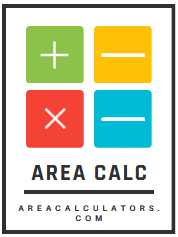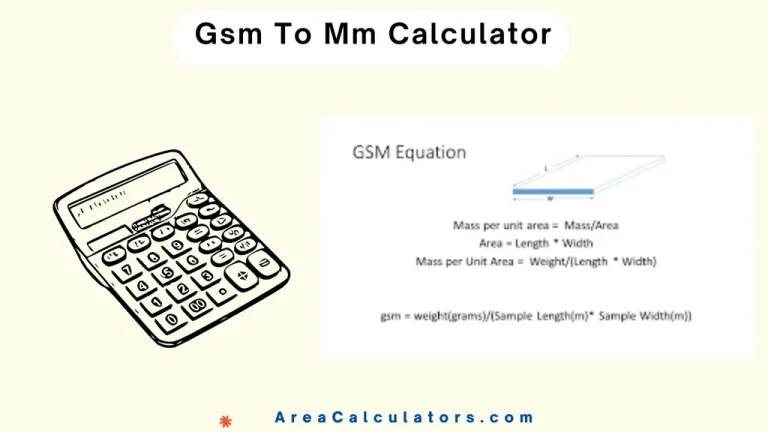Aortic Valve Area Calculator
To calculate the aortic valve area, multiply the cross-sectional area of the LVOT by the VTI of the LVOT, and divide the result by the VTI of the aortic valve.
The Aortic Valve Area (AVA) Calculator helps assess the severity of aortic valve stenosis by measuring the valve area. The AVA is calculated using the continuity equation, which involves determining the cross-sectional area (CSA) of the left ventricular outflow tract (LVOT) and the velocity-time integrals (VTI) of both the LVOT and the aortic valve.
This calculator is crucial for diagnosing aortic stenosis, guiding treatment, and understanding overall heart function. Knowing the AVA can help physicians estimate the severity of valve narrowing and recommend necessary interventions.
Formula
AVA = (CSA × VTI LVOT) / VTI AV
| Variable | Description |
|---|---|
| AVA | Aortic Valve Area (cm²) |
| CSA | Cross-Sectional Area of LVOT (cm²) |
| VTI LVOT | Velocity-Time Integral of Left Ventricular Outflow Tract |
| VTI AV | Velocity-Time Integral of the Aortic Valve |
How to Calculate ?
- Measure the cross-sectional area (CSA) of the left ventricular outflow tract (LVOT).
- Obtain the velocity-time integrals (VTI) for both the LVOT and the aortic valve.
- Multiply the CSA by the VTI LVOT.
- Divide the result by the VTI AV to get the aortic valve area (AVA).
Solved Calculation :
Example 1
| Step | Calculation |
|---|---|
| Given CSA | 3.0 cm² |
| VTI LVOT | 20 cm |
| VTI AV | 40 cm |
| AVA Calculation | (3.0 cm² × 20 cm) ÷ 40 cm |
| Result | 1.5 cm² |
Answer: The aortic valve area is 1.5 cm².
Example 2
| Step | Calculation |
|---|---|
| Given CSA | 2.5 cm² |
| VTI LVOT | 22 cm |
| VTI AV | 44 cm |
| AVA Calculation | (2.5 cm² × 22 cm) ÷ 44 cm |
| Result | 1.25 cm² |
Answer: The aortic valve area is 1.25 cm².
What is Aortic Valve Area Calculator ?
The aortic valve area calculator helps assess the size of the aortic valve, which is crucial in diagnosing conditions like aortic stenosis.
Different methods are available for this calculation, such as using the continuity equation or the Gorlin formula. These methods take into account important factors like the aortic valve pressure gradient and Vmax (maximum velocity).
The normal aortic valve area typically ranges between 2.5 to 4.5 cm², but when the valve becomes narrowed (stenosis), this area decreases, often requiring intervention. For more precise measurements, the indexed aortic valve area calculator adjusts for a patient’s body size, and the projected aortic valve area calculator is used for assessing prosthetic valves.
Final Words:
Measurements are typically performed using aortic valve echo tests or during a catheterization. The Hakki equation is also commonly used for quick calculations when catheterization data is available. Understanding these methods helps in determining whether the aortic valve needs further treatment.



